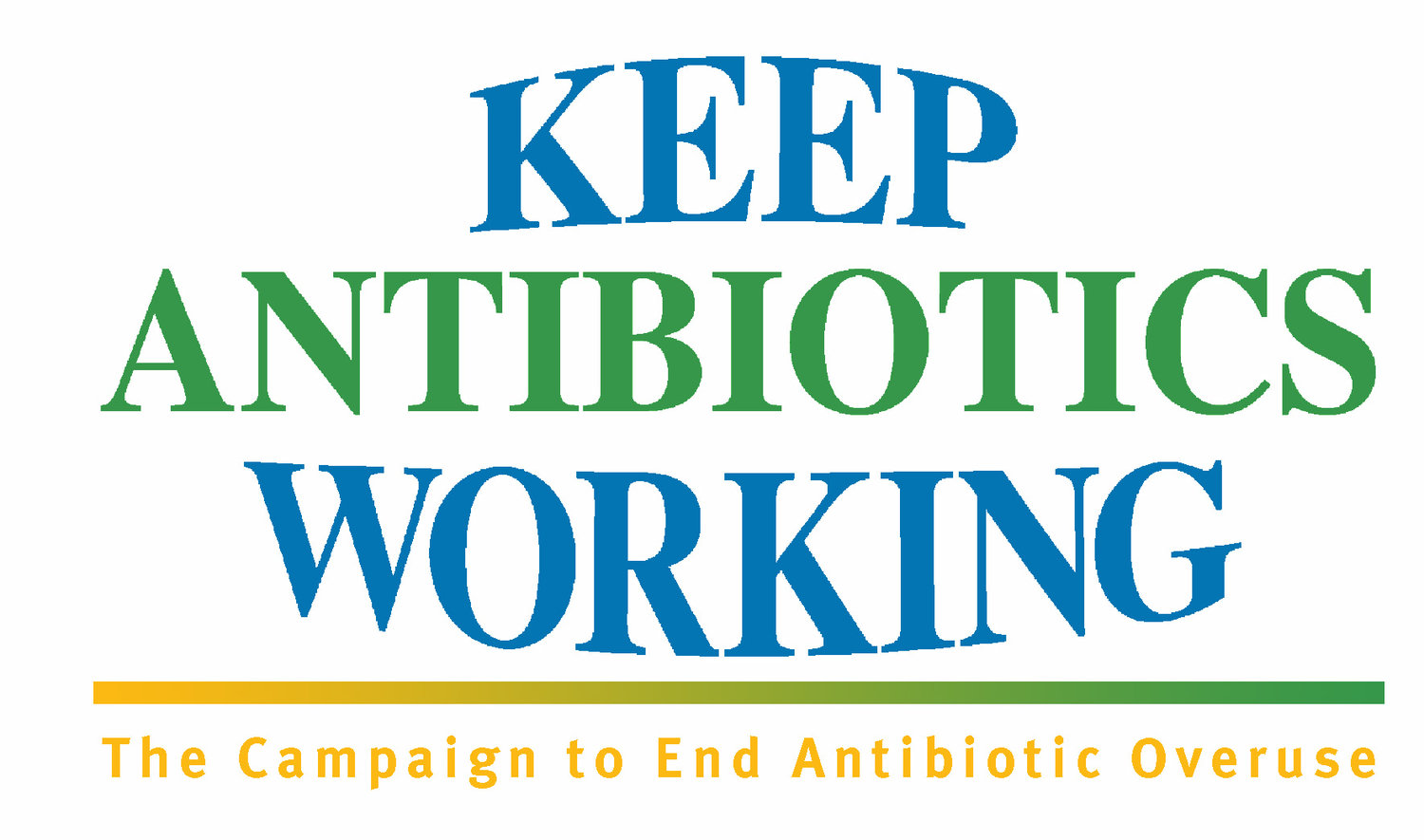Madeleine kleven, SAFE & HEALTHY FOOD PROGRAM associate, FOOD ANIMAL CONCERNS TRUST
Antibiotic resistance threatens to overturn much of the health advances of the twentieth century. As resistant bacteria spreads, more people become sick, more people are hospitalized, and more people die. While everyone is likely to get a resistant infection sooner or later, children, the elderly and those who are immunocompromised or suffering from chronic illness are most impacted. Antibiotic resistance makes health disparities worse, compounding problems caused by marginalization.
The primary drivers of the development and spread of antibiotic resistance are the overuse of antibiotics. While there is overuse in both human medicine and animal agriculture, the majority of antibiotics (two thirds of the medically important ones) are used on food animals not for the treatment of sick people. In fact, many of these shared antibiotics are not used to treat animals either, but instead given to healthy animals to prevent illness caused by poor diets, crowded and unclean housing, and early weaning from their mothers. The industrial agricultural system produces unhealthy animals, drives the development of resistant superbugs, and in turn negatively impacts human health. Stopping the spread of resistance that is threatening our health system and impacting our most vulnerable populations requires stopping the overuse of antibiotics in agriculture.
Who is most at risk from antibiotic resistance?
While everyone can get an antibiotic resistant infection, cancer patients, young children, and those who are immunocompromised are disproportionately impacted by antibiotic resistance. Read some startling facts about the effect of antibiotic resistance on these groups.
Cancer Patients:
Levels of antibiotic resistance are already having a profound impact on the care of patients with cancer. Nearly all patients who require cancer therapy, including chemotherapy recipients with neutropenia, patients with long-term catheters and patients undergoing oncologic surgery and biopsies require antibiotics.
Antibiotic failure in patients with cancer increases the frequency of sepsis, sepsis-related mortality, and sepsis-associated costs of care.
Researchers have found that almost one quarter of the deaths among cancer patients requiring intensive care were due to hospital acquired infections. In 88% of these cases, a multidrug resistant pathogen was identified.
Chronic Illness:
People with Type 2 diabetes mellitus are more likely to experience antibiotic-resistant urinary tract and respiratory infections.
Patients with cystic fibrosis repeatedly rely on antibiotics throughout their lives, especially when disease is exacerbated. Antibiotic resistance plays a significant role in patient mortality.
Immunocompromised:
Antibiotic resistance seems to be higher among patients with Primary Immunodeficiency Disorder (PID) compared to immunocompetent patients.
Children:
Each year worldwide infections caused by multidrug resistant bacteria (bacteria resistant to 3 or more antibiotics) cause 700,000 deaths across all ages, of which around 200,000 are newborns.
Elderly:
Emerging antibiotic resistance is a serious problem in nursing homes threatening the ability to treat infections.
Geriatric facilities are reservoirs for multidrug resistant organisms that cause significant morbidity and mortality.
Farmworkers:
Farmworkers and food workers are more likely to carry resistant bacteria on their bodies and into their communities. They are also at a higher risk of getting sick from antibiotic-resistant bacteria.
Racial and Ethnic Disparities:
Racially and ethnically marginalized people in the U.S. are 1.5 to 2.0 times more likely than White people to have most of the major chronic diseases.
Black and Indigenous people are more likely to acquire and more likely to die from methicillin-resistant Staphylococcus aureus (MRSA) - a dangerous drug resistant infection with limited treatment options.
Racially and ethnically marginalized people are at increased risk of developing or dying from particular cancers. For example, Hispanic/Latino and Black American women have a higher rate of cervical cancer.
Asian, Black, Latino, and Indigenous people have higher rates of diabetes than White people.

